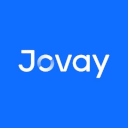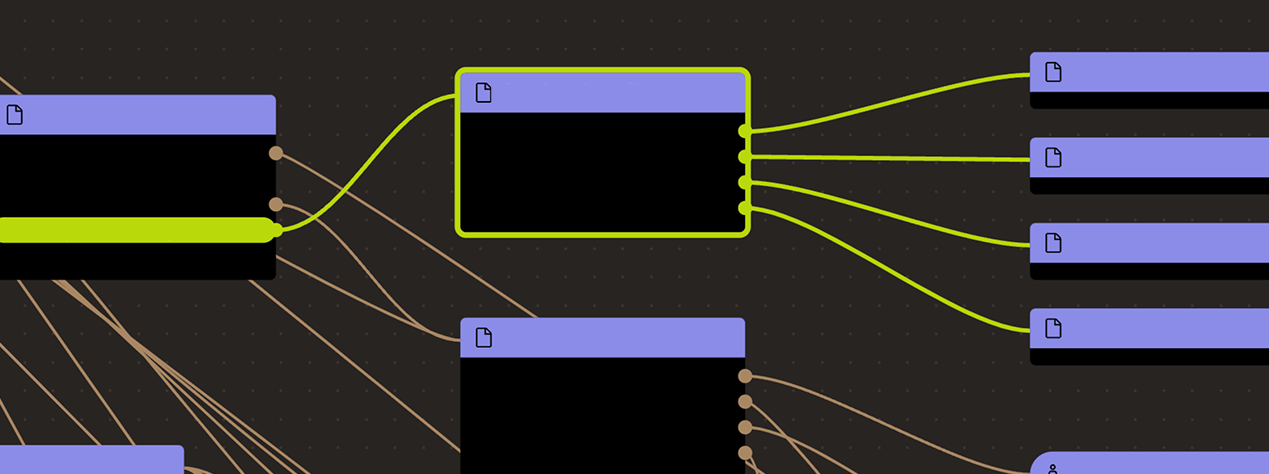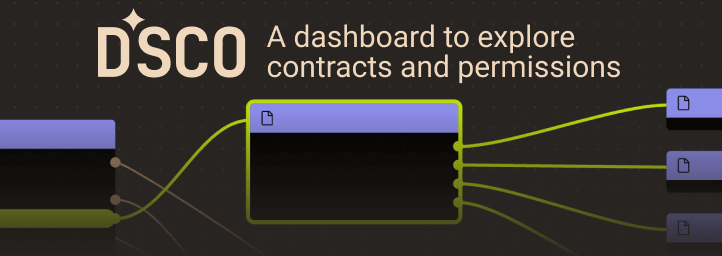Search
Search for projects by name
 Jovay
Jovay
Badges
About
Jovay, by Ant Digital Technologies, is an Ethereum Layer 2 blockchain built for real-world assets and users.
About
Jovay, by Ant Digital Technologies, is an Ethereum Layer 2 blockchain built for real-world assets and users.
Why is the project listed in others?
Consequence: projects without a proper proof system fully rely on single entities to safely update the state. A malicious proposer can finalize an invalid state, which can cause loss of funds.
Learn more about the recategorisation here.
2025 Sep 20 — Nov 03
The section shows the operating costs that L2s pay to Ethereum.
2025 Sep 22 — Nov 03
This section shows how "live" the project's operators are by displaying how frequently they submit transactions of the selected type. It also highlights anomalies - significant deviations from their typical schedule.
2025 Oct 05 — Nov 04
Funds can be stolen if
Users can be censored if
MEV can be extracted if
Users can submit transactions to an L1 queue, but can’t force them. The sequencers cannot selectively skip transactions but can stop processing the queue entirely. In other words, if the sequencers censor or are down, they are so for everyone.
State roots are accepted when attested by a permissioned TEE through the TEEVerifierProxy. There is no challenge mechanism and no validity proofs can be submitted.
All of the data needed for proof construction is published on Ethereum L1.
There is no window for users to exit in case of an unwanted regular upgrade since contracts are instantly upgradable.
Only the whitelisted proposers can publish state roots on L1, so in the event of failure the withdrawals are frozen.
All data required for proofs is published on chain
All the data that is used to construct the system state is published on chain in the form of cheap blobs or calldata. This ensures that it will be available for enough time.
- Rollup.sol - commitBatch stores calldata hashes for each batch
- L1Mailbox.sol - sendMsg enqueues transactions on Ethereum
The system has a centralized operator
MEV can be extracted if the operator exploits their centralized position and frontruns user transactions.
Users can enqueue transactions
Users can be censored if the operator is offline or refuses to process the queue.

Ethereum
Roles:
Allowed to post new state roots of the current layer to the host chain.
Actors:
- Can upgrade with no delay
- L1ETHBridge
- L1Mailbox
- Rollup
- Can upgrade with no delay
- TEEVerifierProxyOwner


Ethereum
The L1Mailbox contract is used to send messages to the L2.
- Roles:
- admin:
- This contract stores the following tokens: ETH.
The DcapAttestationRouter contract is used for routing and verifying Intel SGX/TDX DCAP attestation proofs. The contract sends each quote to the corresponding verification path (cache verifier vs. Automata DCAP contract, and SGX vs. TDX measurement checks).
The MeasurementDao contract is an onchain registry that allowlists SGX MR_ENCLAVE<->MR_SIGNER pairs and TDX RTMR3/MRTD values, and verifies DCAP quotes by matching quote fields to the stored measurements.
The TEEVerifierProxy contract is used to verify L2 batches using TEE attestations. It delegates proof verification to the dcapAttestationRouter contract.
- Roles:
- admin: The source code of this contract is not verified on Etherscan.
A cache-enabled P-256 ECDSA verifier for Intel SGX/TDX DCAP quotes (v3/v4/v5) that authenticates local attestation data, extracts the 32-byte commitment, and lets the owner/authorized callers initialize, manage, and reuse cached attestation keys to skip repeat verifications.
Contract used to charge a configurable basis-point fee to verify Intel DCAP quotes. Currently set to 0 basis points.
The current deployment carries some associated risks:
Funds can be stolen if a contract receives a malicious code upgrade. There is no delay on code upgrades (CRITICAL).
Funds can be stolen if the source code of unverified contracts contains malicious code (CRITICAL).
